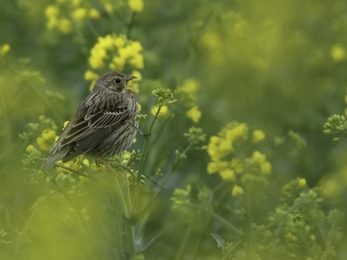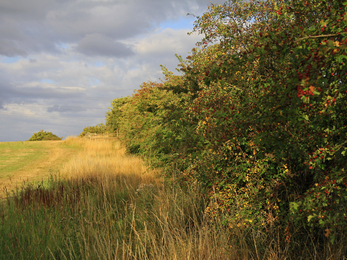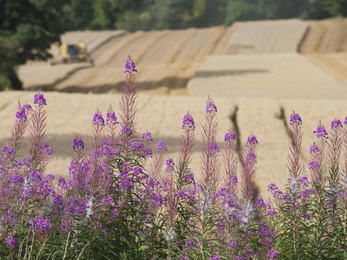Today the next instalment of Defra’s farming policy, details of the first pilot phase of the Sustainable Farm Incentive (SFI), was published. This follows a relative lull since publication of the Agricultural Transition Plan in November.
Whilst the SFI pilot will only be open to a few hundred farmers, today’s communication from Defra is significant because it sets out for the first time the types of activity farmers might get paid for, and how much they get paid, to deliver the aims of the Agriculture Act.
It shows the direction of travel. And this direction is towards a more conventional view of farming and the environment, closer to the status quo which the Government have been vocal about departing from: the EU’s Common Agricultural Policy (CAP).
The SFI pilot document groups the activities farmers could get paid for around eight standards or packages including standards on soils, hedgerows, woodland and grassland. Each standard has three levels – introductory, intermediate and advanced – with each level receiving a higher payment. This is a menu-based system which farmers can choose from extensively or very minimally. Farmers get to choose their starting point and the pilot scheme will pay for what farmers achieve than delivering rigid prescriptions, a feature of current schemes. Defra seem to be taking piloting seriously – farmers will be paid to share their learning to inform the next stage of the pilot.





